How $STBL and Stablecoin 2.0 Are Changing Yield-Bearing Stablecoins

Over the past two years, the landscape for yield-bearing stablecoins has transformed at breakneck speed. Investors are no longer satisfied with simple price stability – they want their stablecoins to work for them, generating passive income while retaining dollar-pegged liquidity. This demand has fueled the rise of Stablecoin 2.0 protocols, and few projects exemplify this new era as compellingly as $STBL stablecoin. At its current price of $0.1209, STBL is making waves by reimagining the mechanics of stablecoin yield, transparency, and governance.
Breaking Down the Stablecoin 2.0 Model: Principal, Yield, and Governance
The original generation of stablecoins, from USDT to USDC, prioritized one thing above all: keeping a tight peg to the US dollar. But as DeFi matured, protocols like STBL have introduced a more nuanced model that separates the principal (the spendable stablecoin) from the yield (the interest generated by underlying assets). This is achieved through a three-token architecture:
- USST: The core USD-pegged stablecoin, fully backed by tokenized real-world assets (RWAs) such as short-term US Treasuries and bank deposits.
- YLD: An NFT representing the right to claim yield from those same RWAs. YLD accrues interest over time, allowing users to hold or trade their yield rights separately from their stablecoin principal.
- $STBL: The governance and value-accrual token, giving holders a say in protocol decisions and access to rewards like staking incentives and premium buybacks.
This structure is more than a technical innovation – it’s a response to regulatory and market realities. By splitting principal and yield, STBL enables both compliance for spenders and yield generation for investors, all while maintaining robust on-chain governance. The result is a stablecoin ecosystem that is both capital-efficient and adaptable to evolving DeFi needs.
RWA-Backed Stability: The Power of Tokenized Treasuries
What sets STBL apart from other yield-bearing stablecoins is its deep integration with real-world assets. Through a recent partnership with Ondo Finance, STBL now uses Ondo’s USDY – a tokenized note backed by short-term US Treasuries and bank deposits – as its primary collateral for minting USST. This move has unlocked up to $50 million in new USST minting capacity, embedding sustainable yield directly into the protocol’s reserves.
The implications are significant: by anchoring its stablecoin to highly liquid, low-risk RWAs, STBL offers users exposure to onchain interest rate dynamics while minimizing volatility. In a market where DeFi yields can fluctuate wildly, this approach provides a rare blend of transparency, security, and real-world value capture.
$STBL Price Action and Yield Dynamics in 2025
As of October 15,2025, $STBL trades at $0.1209, reflecting both the volatility of early-stage governance tokens and the growing institutional interest in RWA-backed stablecoins. The protocol’s unique three-token system has already attracted strategic partners like Franklin Templeton and BlackRock, who are exploring asset tokenization on-chain. Meanwhile, speculative activity remains high: recent weeks saw $STBL’s price drop as much as 60% to $0.24 on October 4, before settling at its current level.
This volatility is not unusual for governance tokens in rapidly evolving DeFi ecosystems. However, it is important for investors to distinguish between short-term price action and the underlying growth in TVL (total value locked), yield generation, and protocol adoption. With STBL’s model, users can separate their risk exposures: holding USST for stability, YLD for yield, and $STBL for governance upside.
STBL Price Prediction 2026-2031
Forecasting the Governance Token of Stablecoin 2.0 (STBL) Across Market Cycles and Adoption Phases
| Year | Minimum Price | Average Price | Maximum Price | Year-over-Year % Change (Avg) | Market Scenario Insights |
|---|---|---|---|---|---|
| 2026 | $0.10 | $0.19 | $0.36 | +57% | Recovery phase; increased protocol adoption and RWA integration drive up demand. Volatility expected as regulatory clarity develops. |
| 2027 | $0.15 | $0.28 | $0.54 | +47% | Bullish scenario: Institutional partnerships expand, TVL grows, and yield-bearing stablecoins gain traction. Bearish: Regulatory hurdles may limit DeFi access. |
| 2028 | $0.22 | $0.41 | $0.74 | +46% | Mainstream DeFi use, higher on-chain governance participation. RWA tokenization deepens, but competition from other stablecoin protocols intensifies. |
| 2029 | $0.33 | $0.56 | $1.04 | +37% | Yield-bearing stablecoins become standard in DeFi. STBL benefits from ecosystem growth, but faces market saturation risks. |
| 2030 | $0.41 | $0.69 | $1.37 | +23% | Stablecoin 2.0 model matures. Expansion into new markets and asset classes. Potential for major CEX listings and cross-chain integrations. |
| 2031 | $0.54 | $0.88 | $1.75 | +28% | STBL achieves blue-chip status in DeFi governance. Macro cycles, global adoption, and regulatory frameworks drive price extremes. |
Price Prediction Summary
STBL is positioned for significant growth as the governance token of a pioneering yield-bearing stablecoin protocol. The price outlook is bullish in the medium-to-long term, driven by adoption of RWA-backed stablecoins, innovative yield mechanisms, and expanding institutional partnerships. However, volatility and regulatory shifts may create both downside and upside extremes, reflected in the wide min-max ranges. If STBL sustains and grows its role in DeFi governance, the token could see substantial appreciation by 2031.
Key Factors Affecting STBL Price
- Adoption rate of yield-bearing stablecoins and RWA integration
- Institutional partnerships (e.g., Ondo Finance, Franklin Templeton, BlackRock)
- Regulatory clarity and evolving compliance standards for DeFi and stablecoins
- Expansion of TVL and user base in the STBL ecosystem
- Market competition from other stablecoin and governance protocols
- Technological advancements in tokenization, cross-chain compatibility, and staking
- Macro market cycles and crypto sector sentiment
Disclaimer: Cryptocurrency price predictions are speculative and based on current market analysis.
Actual prices may vary significantly due to market volatility, regulatory changes, and other factors.
Always do your own research before making investment decisions.
The Explosive Growth of Yield-Bearing Stablecoins
The broader context for STBL’s rise is nothing short of remarkable. The yield-bearing stablecoin sector has ballooned from just $660 million to $11 billion in under two years, according to Stablecoin Insider. This surge highlights a growing appetite for stablecoins that do more than just sit idle in wallets – users want capital-efficient tools that generate income without sacrificing liquidity or regulatory clarity.
STBL’s approach – blending RWA-backed reserves, yield-splitting mechanics, and robust governance – positions it at the forefront of this Stablecoin 2.0 movement. As onchain interest rate dynamics become more sophisticated, protocols like STBL are set to shape the next generation of DeFi yield opportunities.
Looking ahead, the evolution of yield-bearing stablecoins is likely to accelerate as onchain and offchain finance converge. The introduction of tokenized real-world assets into DeFi protocols such as STBL is a structural shift, not a passing trend. By giving users the ability to choose between pure stability (USST), yield exposure (YLD), and governance participation ($STBL), these protocols are setting new standards for composability and risk management.
Key Advantages of STBL Stablecoin 2.0 for DeFi Investors
-
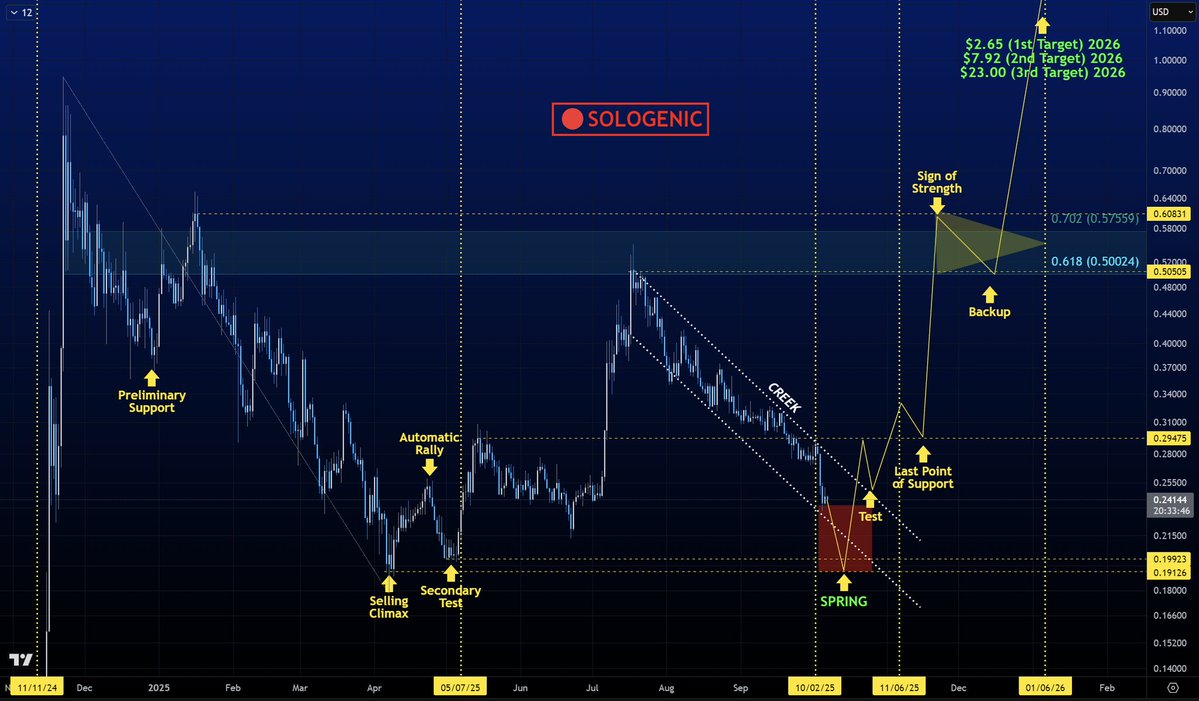
Separation of Principal and Yield: STBL introduces a three-token system—USST (stablecoin), YLD (yield claim NFT), and $STBL (governance)—which allows users to keep their principal liquid for transactions while separately accruing yield. This structure increases flexibility and transparency for DeFi investors.
-
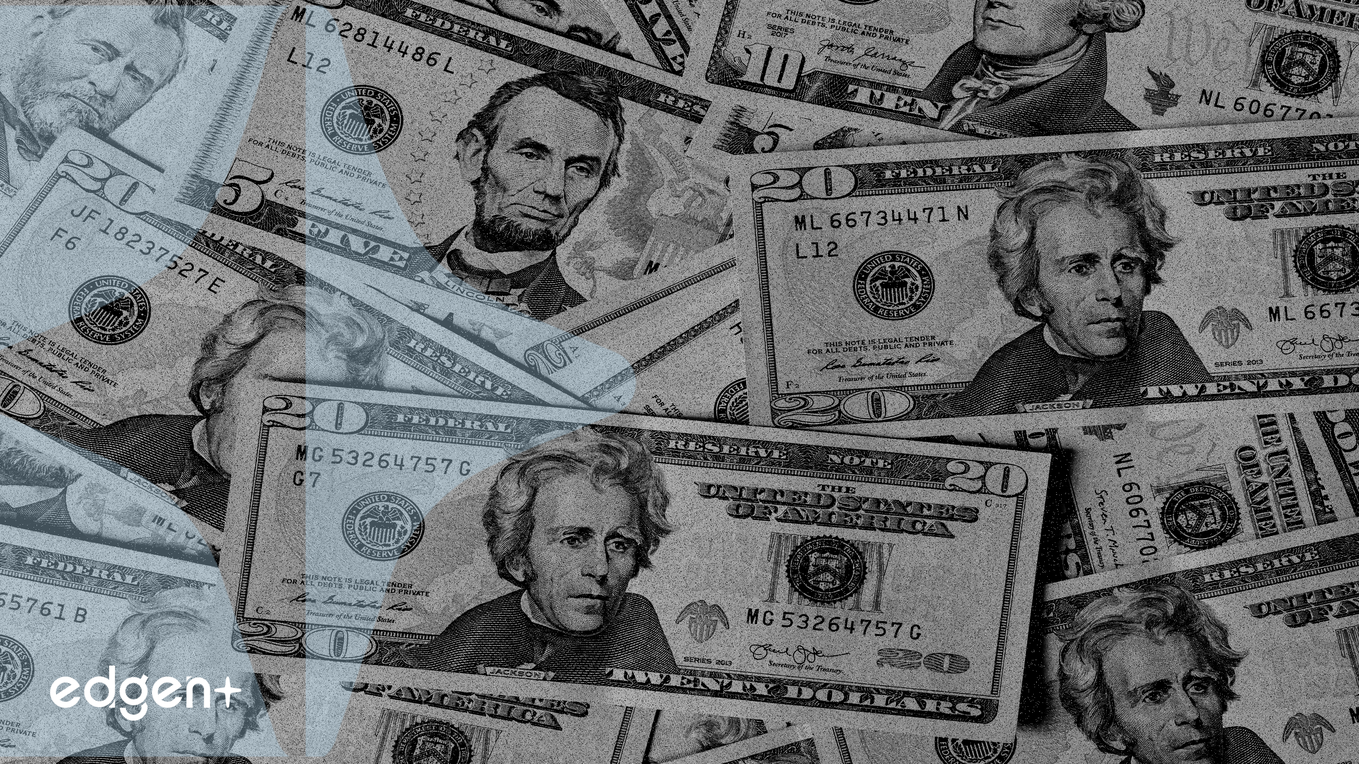
RWA-Backed Stability: USST is fully collateralized by tokenized real-world assets (RWAs), such as short-term U.S. Treasuries via Ondo Finance’s USDY. This ensures robust price stability and liquidity for investors seeking reliable dollar-pegged assets.
-
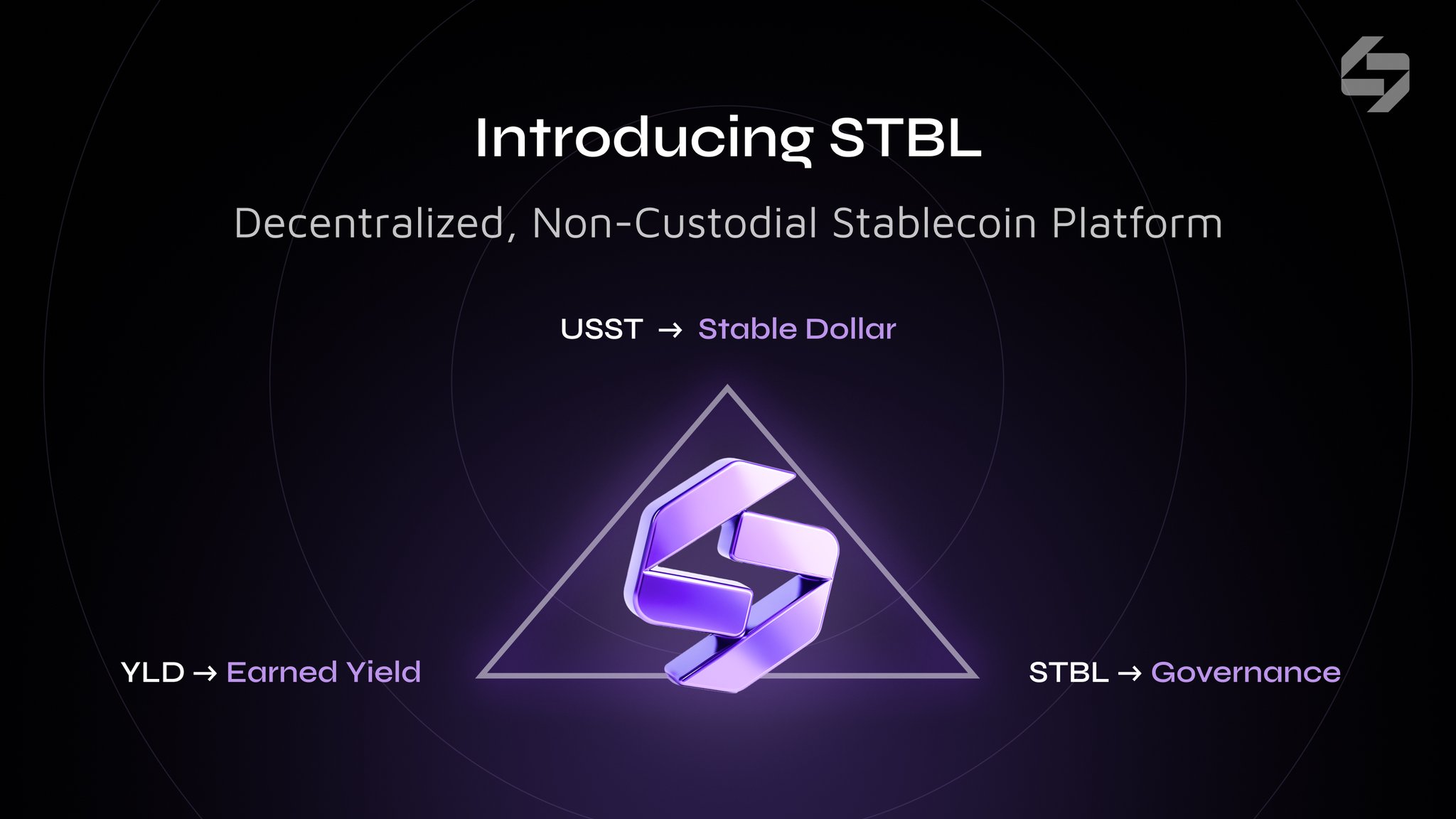
Direct Yield Generation: By integrating yield-bearing collateral like Ondo’s USDY, STBL enables users to earn passive income directly from the protocol’s reserves, making capital more productive without sacrificing stability.
-
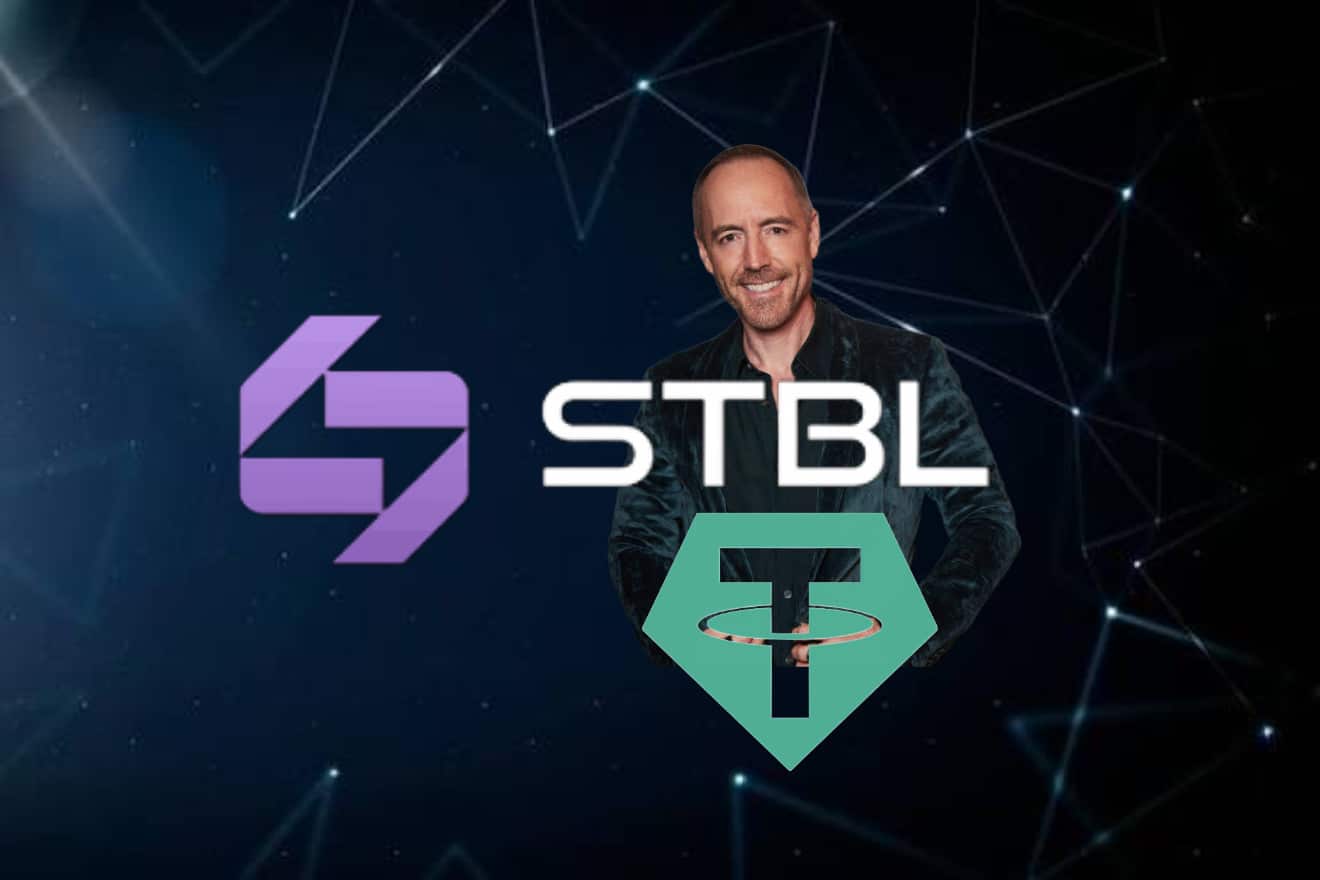
Enhanced Governance and Value Capture: The $STBL token empowers the community to participate in on-chain governance, influence protocol decisions, and benefit from staking rewards and premium buybacks, aligning incentives for long-term growth.
-
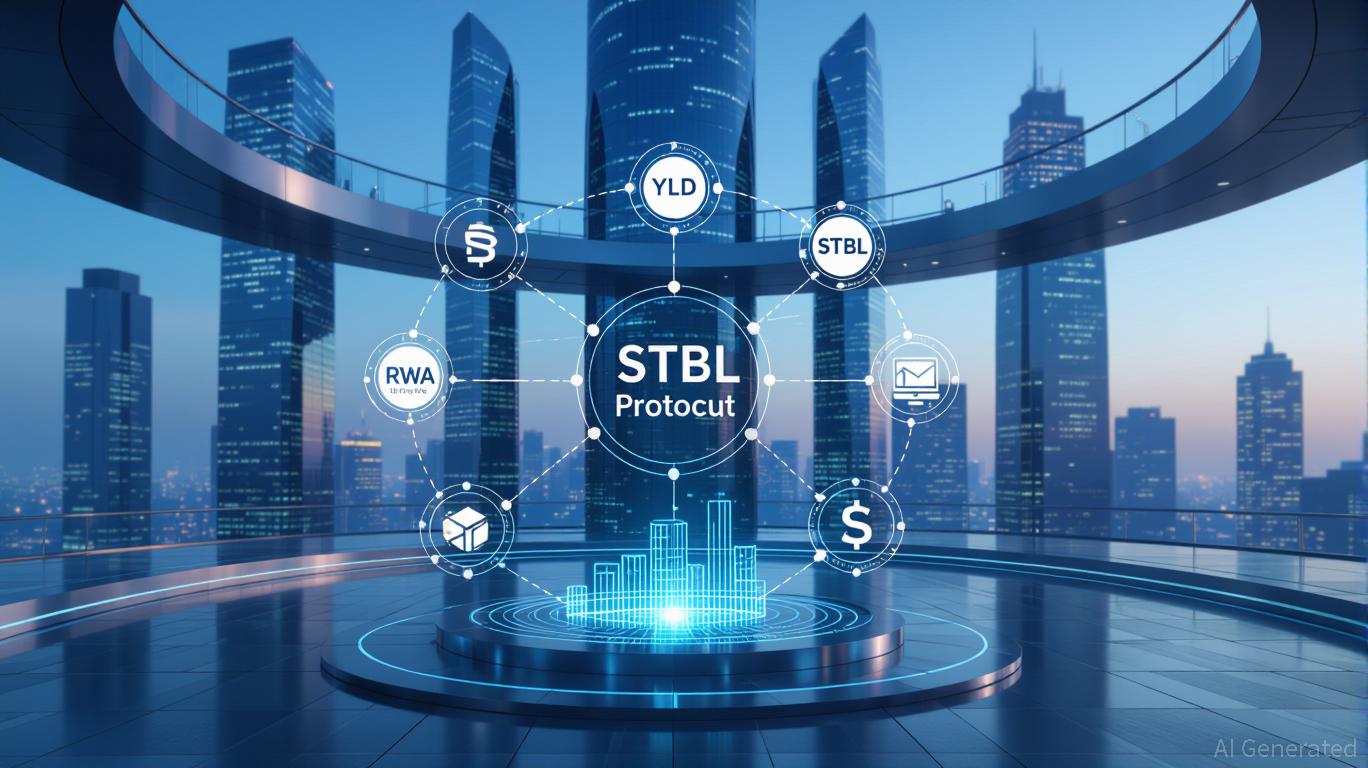
Increased Capital Efficiency: The yield-splitting mechanism allows institutions and individuals to use USST for payments while retaining yield exposure through YLD, optimizing capital allocation across DeFi strategies.
-

Strong Institutional Backing: STBL’s partnerships with Ondo Finance and support from industry leaders like Franklin Templeton and BlackRock (via tokenized assets) enhance its credibility and unlock significant minting capacity, fostering greater trust and adoption.
But with innovation comes complexity. The separation of principal and yield, while powerful, requires users to understand the nuances of each token’s role. For example, YLD holders must weigh factors like collateral composition, protocol governance decisions, and prevailing onchain interest rates. Meanwhile, $STBL governance participants have a direct stake in the protocol’s future direction and value accrual mechanisms, such as staking rewards or buybacks funded by protocol revenue.
Risks, Rewards, and What to Watch in STBL’s Ecosystem
Despite its promise, $STBL stablecoin faces headwinds typical of emerging DeFi projects. Liquidity remains concentrated in a handful of pools, with APRs sometimes spiking to unsustainable levels, such as the eye-popping 1,356% seen recently in the USDT/STBL pool, albeit with low TVL. While this can attract speculative capital, it also underscores the importance of diligent risk management and due diligence for all participants.
The protocol’s reliance on RWA custodians and its exposure to regulatory shifts in both crypto and traditional finance are also worth monitoring. However, STBL’s transparent onchain governance and its alignment with reputable partners like Ondo Finance provide some reassurance that the protocol is building for longevity rather than short-term hype.
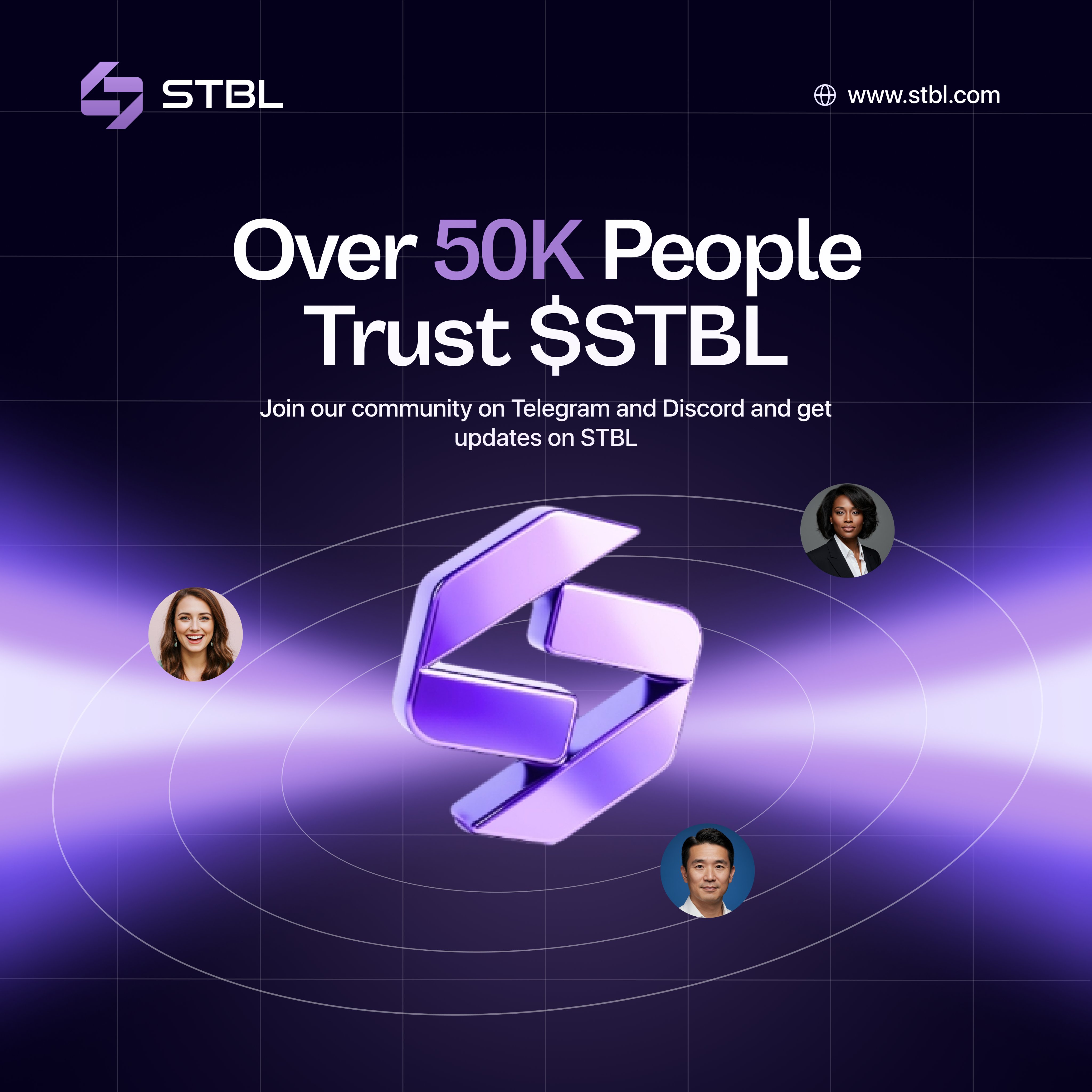
For those considering an allocation, it’s crucial to match your risk appetite to your preferred token exposure. USST offers dollar-pegged stability, YLD provides direct access to yield from tokenized treasuries, and $STBL allows for upside participation in protocol growth, but each comes with its own set of dynamics and trade-offs.
Patience and perspective build generational wealth. In the rapidly shifting world of stablecoin innovation, those who understand both the mechanics and the macro trends will be best positioned to benefit from this new era of DeFi yield.
As Stablecoin 2.0 models like STBL continue gaining traction, expect further experimentation across collateral types, yield distribution models, and governance frameworks. The ultimate winners will be those who deliver both robust security and user-centric flexibility, unlocking reliable passive income without compromising on transparency or regulatory alignment.







